**This article was also published in Headliners in Education
In the bottom of the ninth inning, bases loaded in a 5-5 game, in walks the ace closer. First throw, he strikes in a 98-mile-per-hour four-seam fastball. Fans cheer, but the pitcher pales as the pressure mounts. On the next pitch, a wild throw above the batter brings the runner home and ends the game.
Fans leave the stadium in shock, too flabbergasted to even boo, and the next morning, sports headlines attack the pitcher’s command.
Many athletes meet this fate due to the yips, a psychological movement condition that causes involuntary muscle contractions. Often referred to as “the monster” or “the creature” among professional baseball players, it cripples even the most talented of athletes.
Joey Laurer, a D1 pitcher for Siena College who suffered from the yips, said,“I started to overanalyze everything about my throw and my arm action got very pushy. I lost a lot of command very quickly, … That led to the yips. At one point in the summer of 2021 I couldn’t play catch at all.” Since then, Laurer has shared his journey on social media (@60eraguy) to encourage others who face the same predicament.
With the waggles, symptoms such as tremors, twitching, and a sudden sense of fear trigger chain reactions of anxiety, and “freeze” the victim’s brain. However, despite clear symptoms, some perceive the twisties as a delusional myth. “Everyone around me told me I was overthinking,” Laurer said.
Contrary to common belief, the yips “involves a combination of both physical and psychological problems.” Scientifically, the yips is a close cousin of a neurological condition called “focal dystonia,” which specifically affects one body part. Both diseases share their unpredictable nature; however, the waggles, unlike its close relative, consist of both physical and psychological causes such as focal dystonia, social anxiety, and perfectionism among many others.
Laurer said, “I first got the yips after I got hurt with Thoracic Outlet Syndrome. I didn’t know I was physically hurt. I just knew something didn’t feel right when I would grab the baseball.” The TOS, according to Sam Farres of the Mayo Clinic, is a condition that pressures nerves or veins in the thoracic outlet – a space between the neck and shoulder area – may have triggered the yips. However, his immense fear of downfall in his career likely accelerated the progress of the defect. Such erratic psychological responses alert the brain to jump to conclusions that all doors seem closed.
Moreover, victims, especially those who perform in the big leagues, face criticism that aggravates the staggers. The players endlessly bash themselves for absolute perfection against their competitors. Hateful comments on social media after each mistake scar the player’s self-esteem and performance.
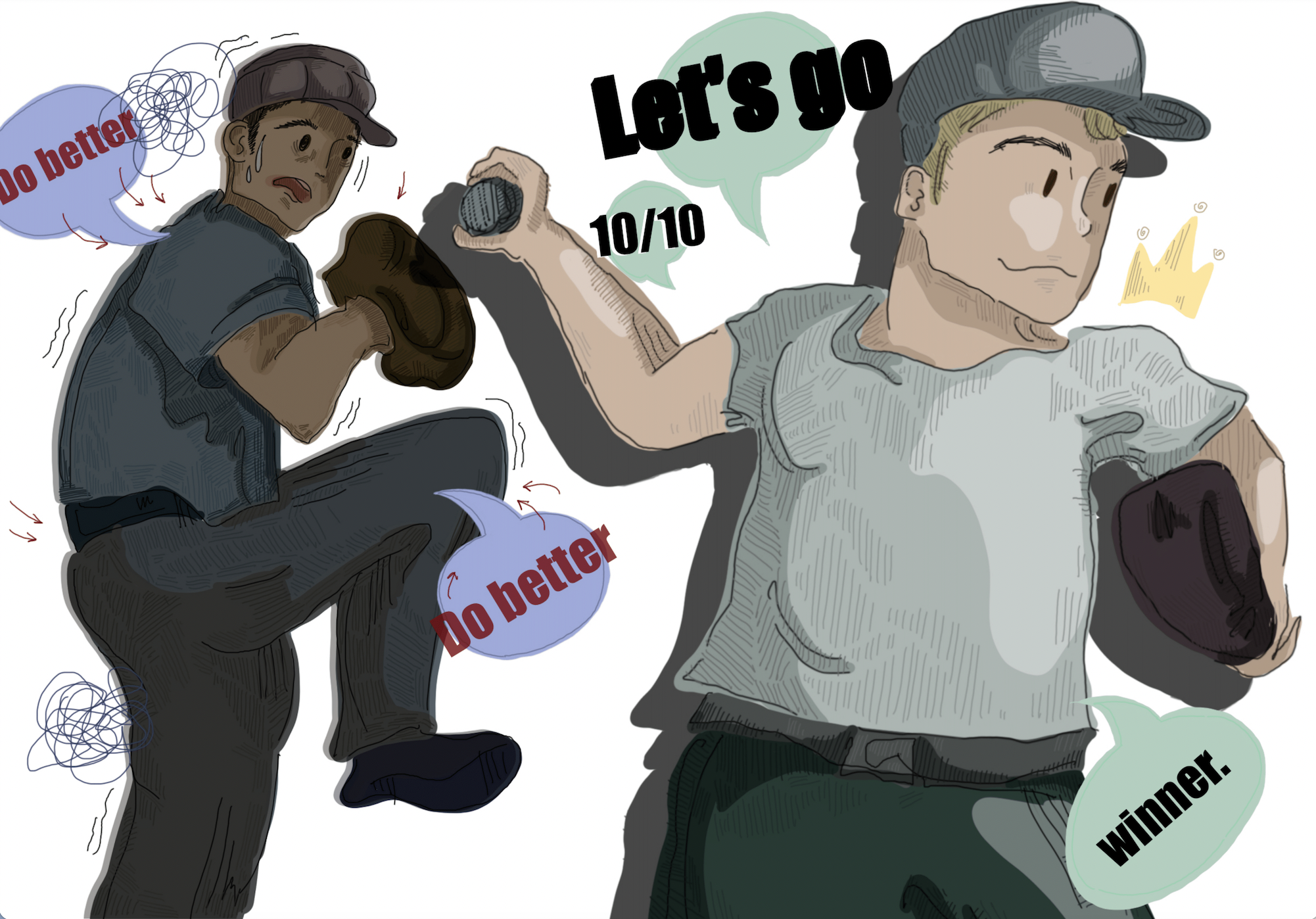
The yips targets all athletes regardless of sports and even affects non-athletes like musicians. Ms. Spaeth, the school’s social-emotional counselor said, “I do think it’s really common for people to get stuck on negative thoughts and prevent them from reaching their potential. In cognitive behavior therapy, we call this automatic negative thoughts, where we unconsciously think about the negative parts of ourselves.”
However, when treated the right way, the staggers will not break an athlete’s career. “What it took for me to overcome the yips was daily training of my mind, body and spirit,” Laurer said. “I have a strong faith and feel that it is the biggest piece to the puzzle in helping me come out … It took away all the self-inflicted pressure and made me feel calm again on the field.” From 2021 until now, Laurer has continuously improved in his bullpens.
While long-term solutions such as physiotherapy, psychological treatments and adjustments in movement help ease the condition, confidence alleviates the issue. The right mindset can fix the twisties within a day, so athletes should refrain from doom-scrolling through vicious comments.
“Something I would recommend doing is first of all understanding what’s going on, and that it’s not your fault, it’s something that the brain is doing. Ask yourself, ‘What’s the evidence that the negative thing is going on?’ After identifying how to change our thoughts, we can practice coping thoughts [a short, positive phrase used to manage stress and negative thoughts],” Ms. Spaeth said.
“My biggest words of encouragement for those struggling with the yips is to look at it as a daily challenge that you need to overcome, not a big daunting task,” Laurer said. “Channel all of your energy into conquering it on that specific day and continue to stack days. Day after day, [it starts] to suppress themselves and your default abilities become natural again over time.”








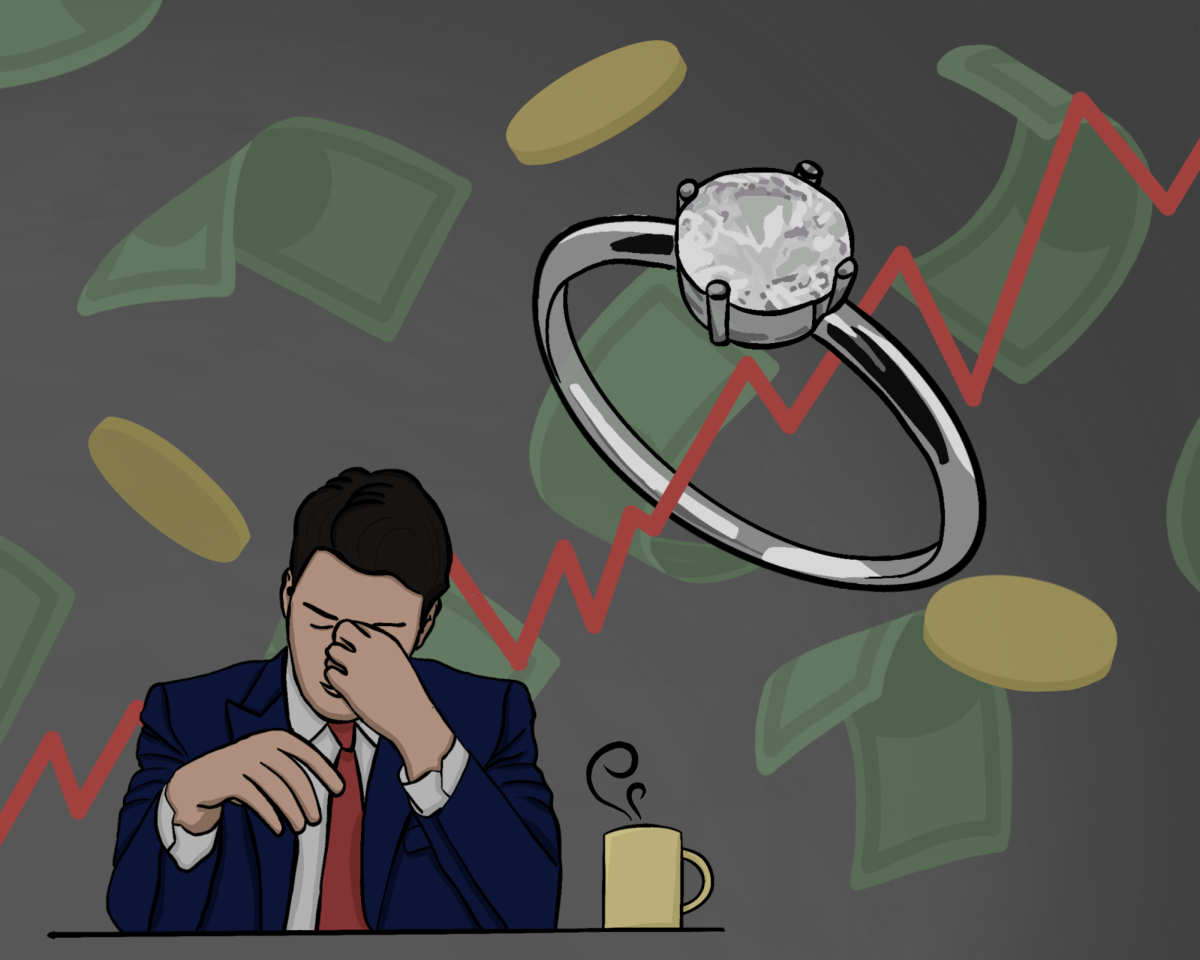


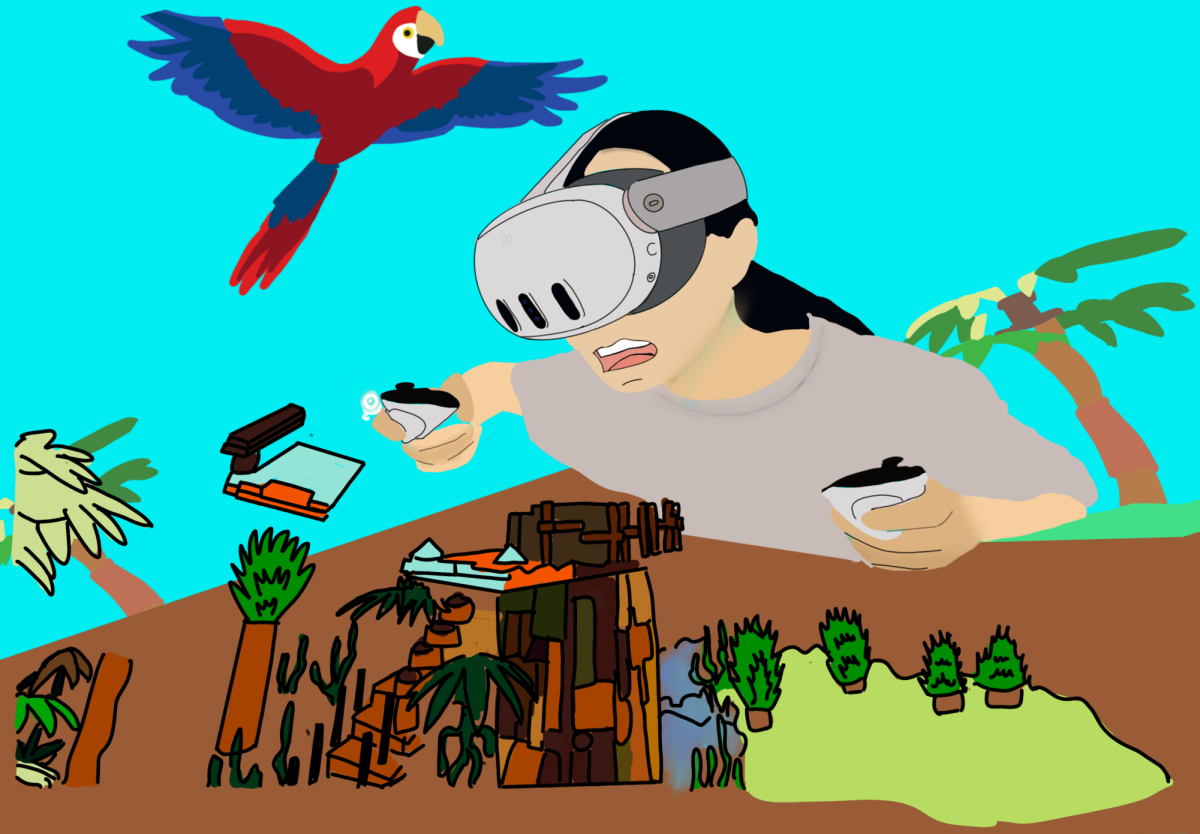




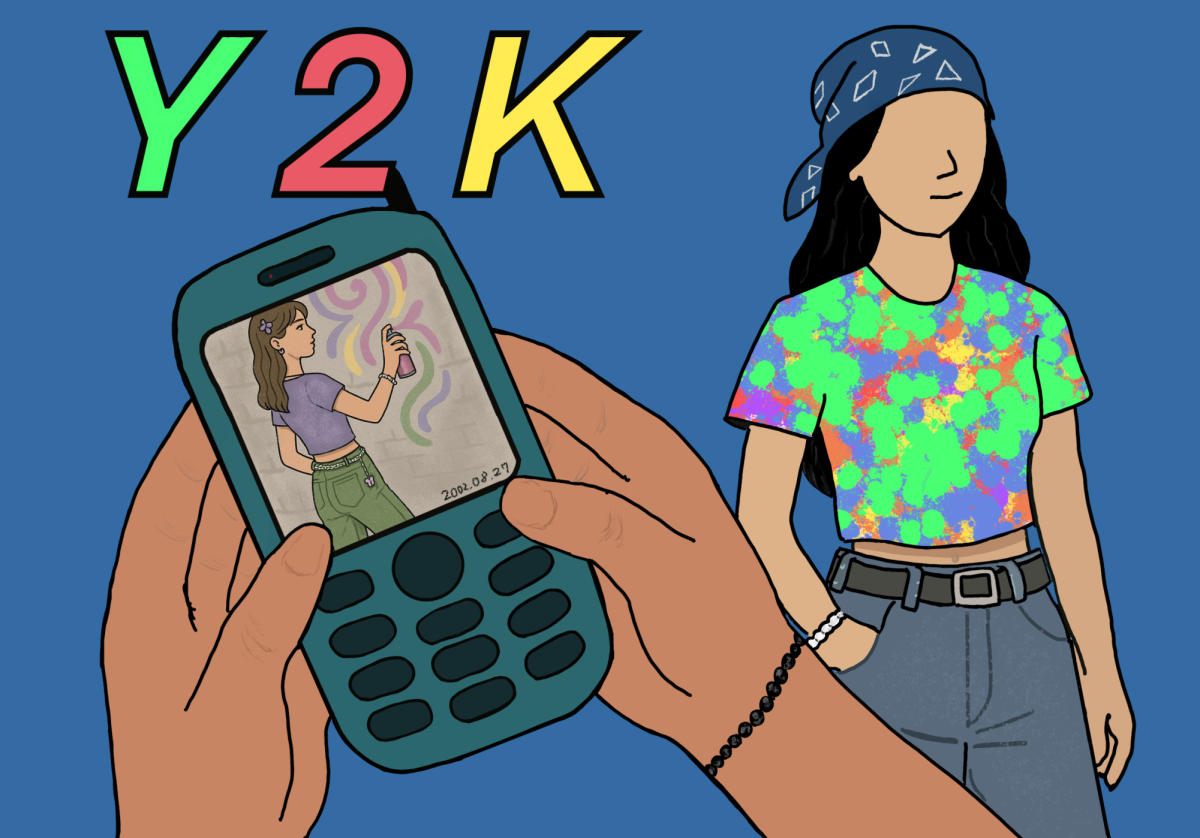




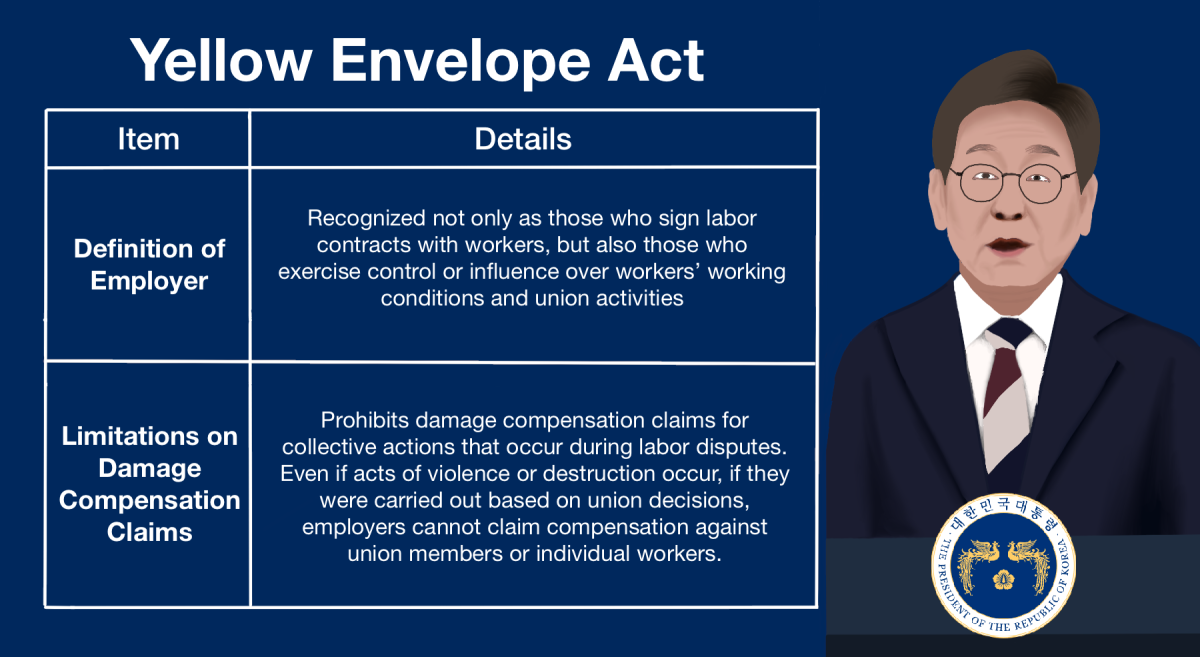


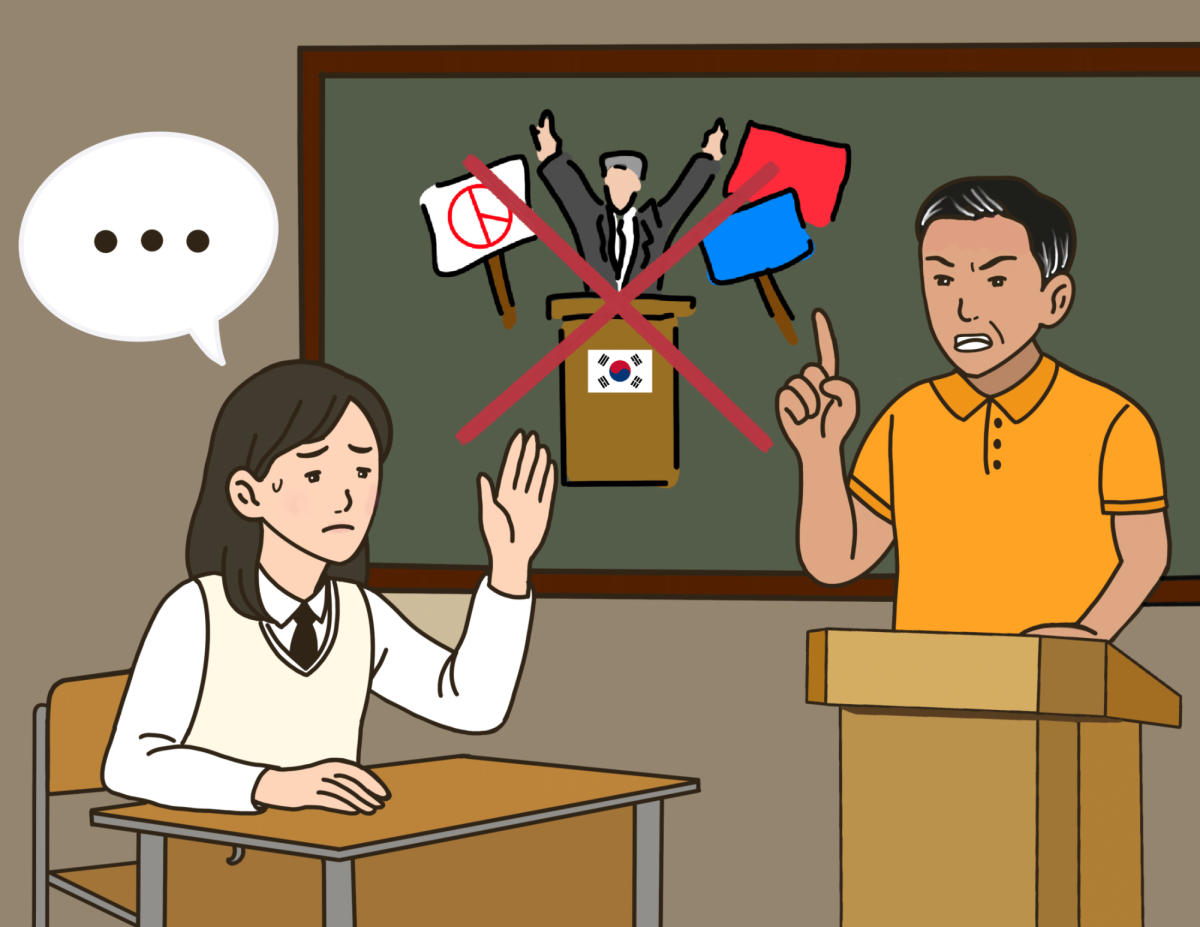






















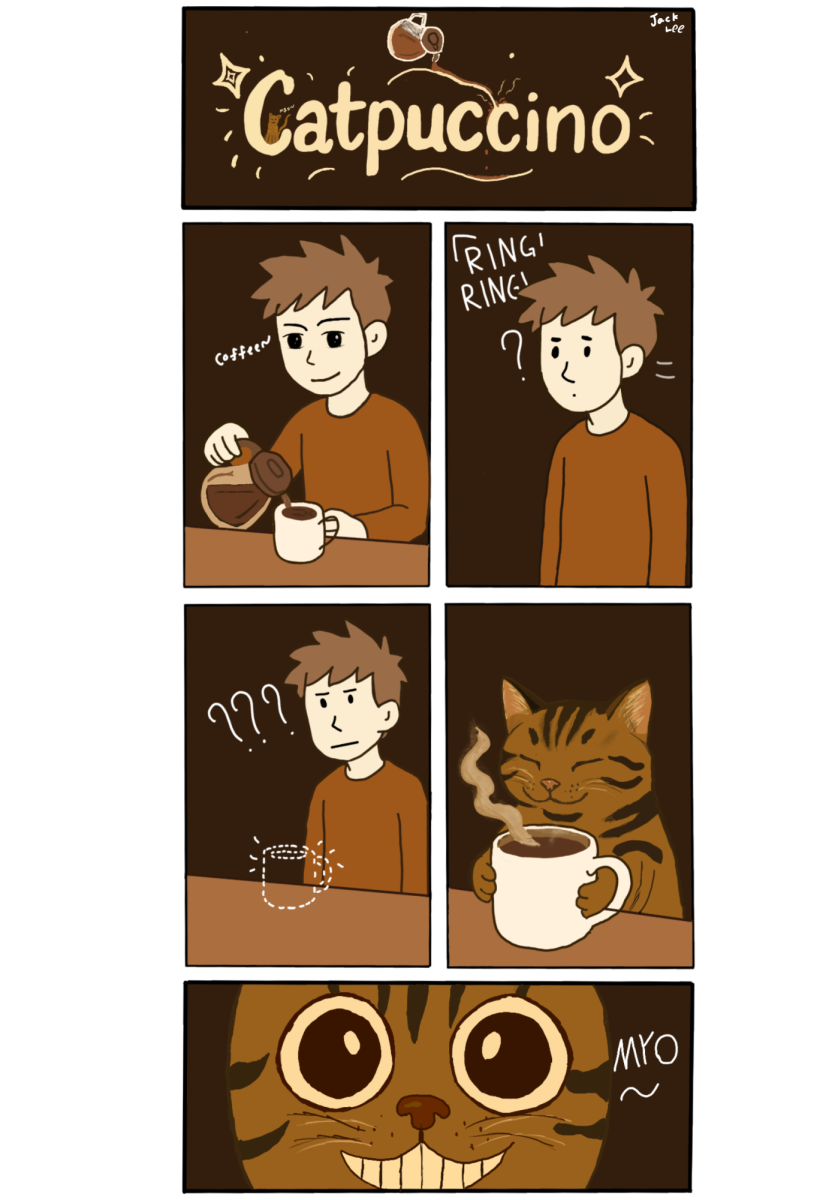



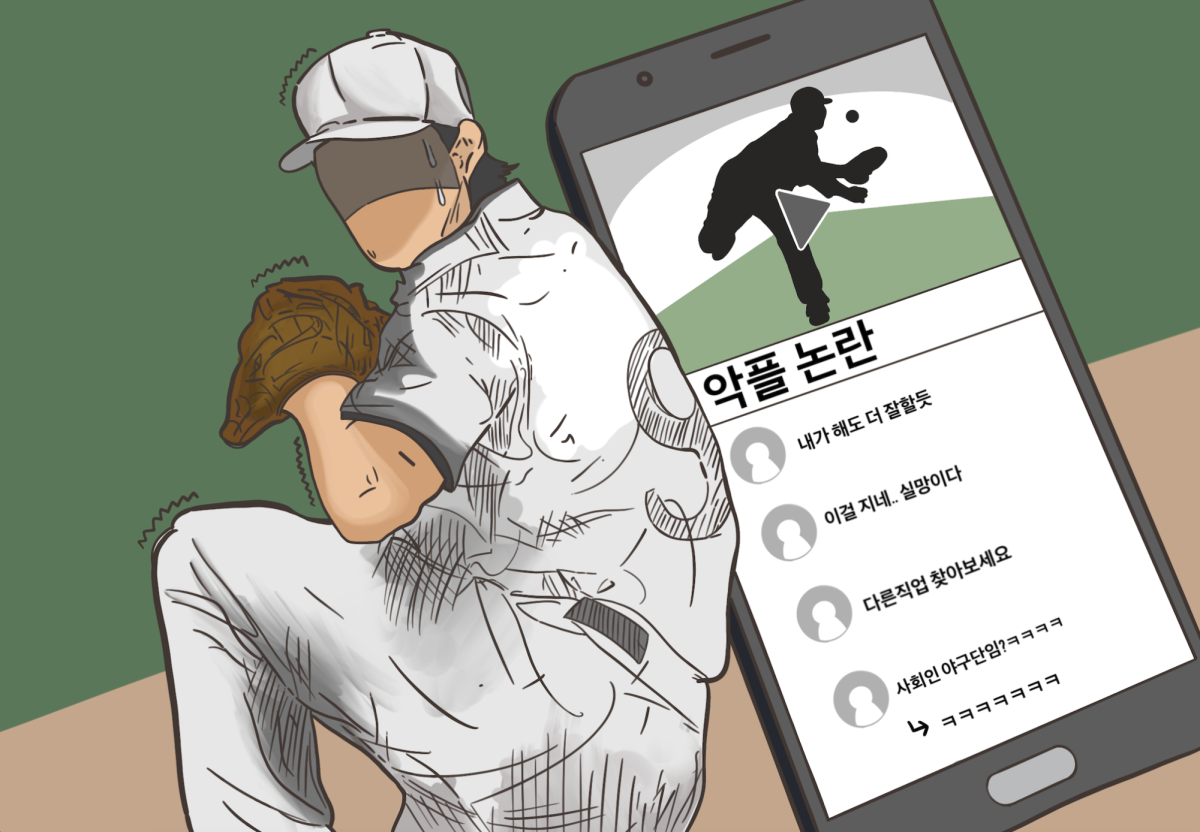



Scott Jolly • Aug 25, 2024 at 3:22 am
This was a very interesting article. Thank you for writing about this topic.
Ellie An • Aug 22, 2024 at 7:33 pm
Great! This made me think differently of the athletes on TV.
Molly Doh • Aug 22, 2024 at 7:30 pm
I had no idea of what yips were and how athletes could be crippled. I feel many athletes should be very stressful not being able to play on a game.
Thank you for writing this article!
It helped a lot for me to understand about what many athletes go through.
Aden • Aug 22, 2024 at 7:29 pm
I also sometimes deal with negative comments and I usually feel negative but I still try to stay positive. It also makes me feel bad for the people who receive these negative comments. I wish people stop doing this soon
Lily Kim • Aug 22, 2024 at 7:23 pm
I like the article!
Thanks for writing.
Sally • Aug 22, 2024 at 7:21 pm
OMG..